The daily minibus from Qax (pronounced Gakh) to Tbilisi leaves at 1 pm and we were there well ahead of time having got there by an earlier marshrutka from Sheki. The waiting area in Qax was brand new and we headed inside since we did not see any Tbilisi bound marshrutkas waiting outside. Our arrival at the counter set off the usual panic and some "guru" type arrived to sort out the commotion raised by our simple question. There is only one Tbilisi in the vicinity and only one bus goes there every day. All we wanted was someone to nod in confirmation and point the location of the vehicle. But the "guru" did not deliver anything so simple. He pulled out his mobile and started making frantic calls. How were we going to explain to him that we did not need emergency medical treatment but just wanted to board their once-a-day bus to their nice neighboring country?
The minibus (with Georgia License Plates) arrived on the dot at 1 pm, but was almost full. Was it possible that our interrogator had summoned the bus to the station? The driver of the bus asked us "Russki? Georgian? German?". All we could say was "Angleyski". Our interrogator stepped in and said "Hindiston". The driver smiled broadly and said "Oh, Raj Kapoor!" and immediately helped us board the bus and even had some people vacate a couple of seats on the penultimate row and move to the last row. For the rest of the journey, he kept calling V "Raj Kapoor". A few people got off within Azerbaijan and we just promoted ourselves to the forward row. But just before the border, we got demoted again as passengers who had "reserved" those seats over the phone (as gestured by the driver) boarded.
Above the driver were the images of Jesus Christ drawn in the Armenian style. Having spent the last six weeks in predominantly Islamic countries, this was a striking change of tone. The border crossing was uneventful and was completed within an hour. There was a moment of confusion when some passengers waited on the gravel road between the two posts for the minibus. It turned out that the other post was just over the crest and was an easy walk over the bridge across the river that separated the two countries. We both got cheery "Welcome to Georgia!" from the immigration official. The US of A seems to enjoy favorite status in this country. A major Tbilisi thoroughfare is named after an American president whose stunning performance in Georgia (https://www.youtube.com/watch?v=Xxtj4chh-3g) left a lasting impression on them.
Having entered the country we were immediately swamped with signs in Georgian script that was radically different from anything we had encountered in any of the other former SSRs. To us, it looked like a combination of South Indian scripts. Luxury cars shared the roads with beaten up Ladas, all sporting a thick layer of dust. It is almost as if car washing is a banned activity in the country.
On arrival at Tbilisi, we were helped by the driver and some others at Tbilisi's East bus station to board bus 94 to Marjanishivili metro station which was just a walk from our hostel. We got a quick look at a few city squares (not in the geometric sense) on the city bus before we got off. A castle (Narikala) on the top of a mountain with cable cars leading up to it caught our eye (and gave us a good workout and great views of the city the next afternoon) as did the crooked streets in Old Tbilisi that lay below it. The Mtkvari river runs north-south with several bridges spanning it. Major constructions with ultra modern architecture are going on the east side of the river. The new presidential palace on a hill sported a Greek facade with a glass Easter egg on top. Two massive glass tubes completed the freaky picture. Amidst all this were the tall Armenian and Georgian churches dotted throughout the city. The interior of the churches are devoid of luxurious frescos or stained glass decorations. It was all dark, pious austerity. Nothing to distract those who came to offer prayers.
Yet another striking difference between the earlier SSRs and Georgia is the complete absence of a personality cult. Tajikistan's Rahmonov, Kazakhstan's Nazarbayev, Uzbekistan's Karimov and Azerbaijan's Aliyevs (yes, two of them, father and son) dominate the billboards of their respective countries. Spouting wisdom, kissing babies, patting schoolgirls on the head, benevolently watching farmers ride their tractors, shaking hands with sporting heroes etc. seem to be their abiding passion. The people of Georgia are spared this paternalism and seem to be left to fend for themselves.
Tbilisi's Metro shows its age compared to its glitzy cousins in Almaty and Baku. Riding in it feels like a normal experience after the sepulchral atmosphere in the Tashkent Metro and the ultra modern look in Baku. Unlike the others, the second language of announcements are in English rather than Russian. However, the stations are devoid of any signs, thereby making us wonder how those with diminished hearing capabilities could ride these trains. What if they can't count as well? We've never encountered this anywhere else in the world.
We noticed that most Georgian names ended with -shvili or -adze. V's tennis addled brain quickly recalled Teimuraz Gabashvili (who moved to Moscow and plays for Russia) and Irakli Labadze. Never heard of these Georgians? How about a Georgian named Josef Dzhugashvili who later changed his surname to Stalin?
Other ex-SSRs that we had visited before have been busy rewriting their history books and moving the statues of Lenin and Marx to lesser city squares and replacing them with ancient heroes (some of them with questionable attitudes towards human rights). But in Georgia, we encountered more serious antagonistic sentiments towards Russia (no doubt accentuated due to recent conflicts in Abkhazia and South Ossetia) and these were given full expression in the National Museum with an entire floor dedicated to The Soviet Occupation (1921-1991). The minimally lit interior tells you all that you need to know about the oppressive Soviet regime. The museum also showcases fascinating exhibits from Georgia's Bronze Age to the early 20th century. The nearby Museum of Fine Art features the paintings of famous Georgian artists including Niko Pirosmanashvili and Lado Gudiashvili.
Google Maps Link
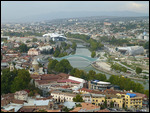
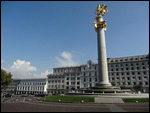
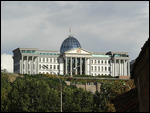
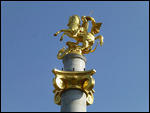


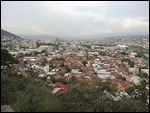
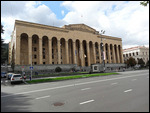
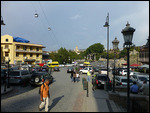
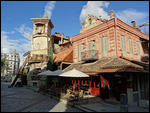
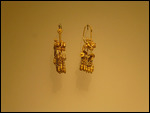



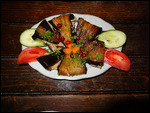

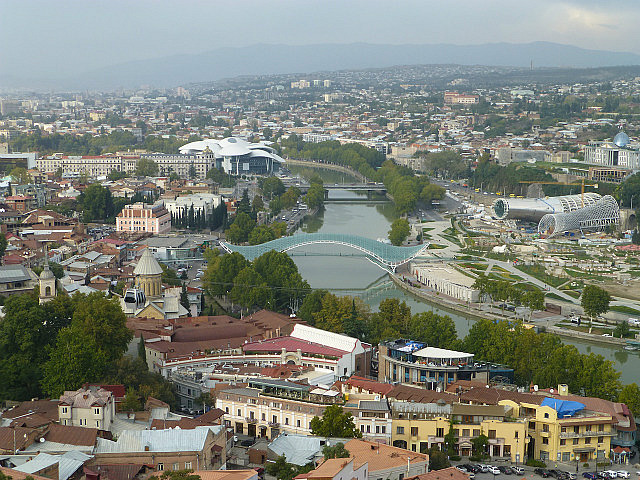
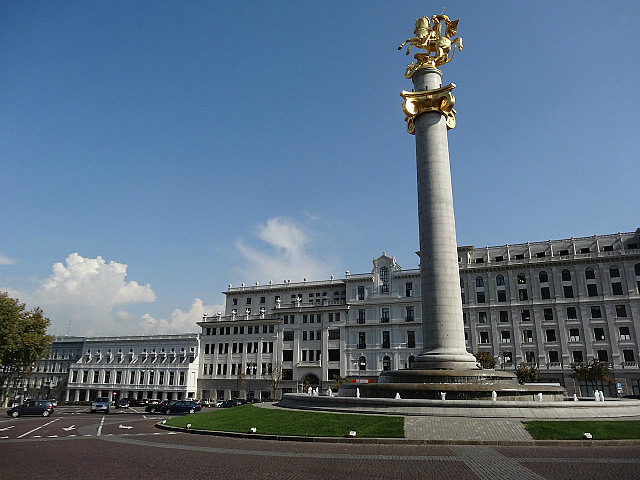
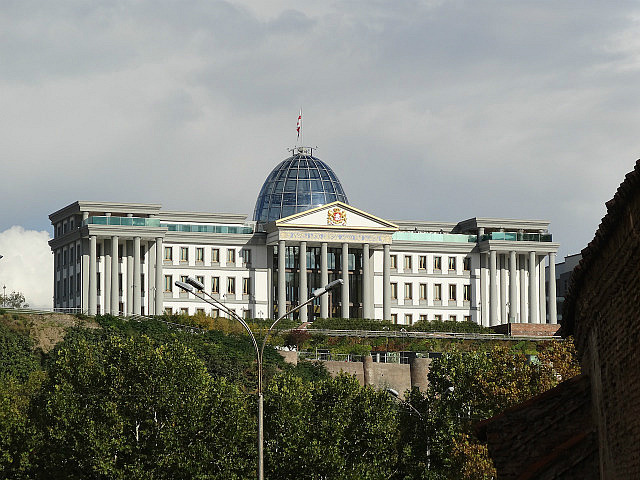
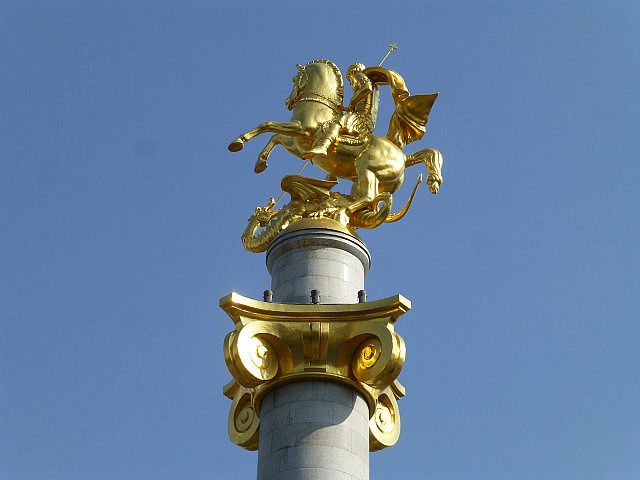
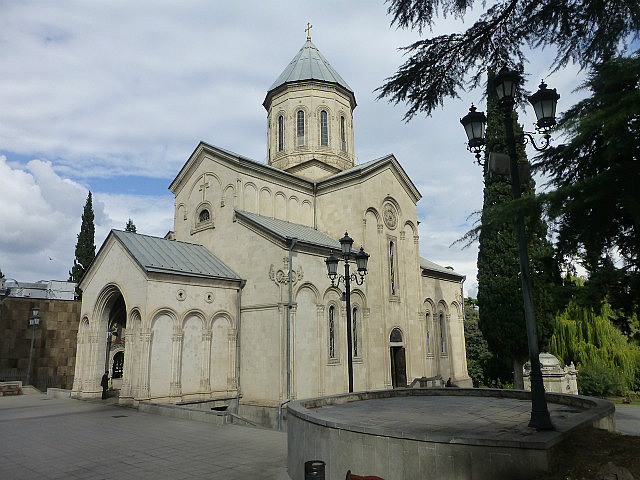

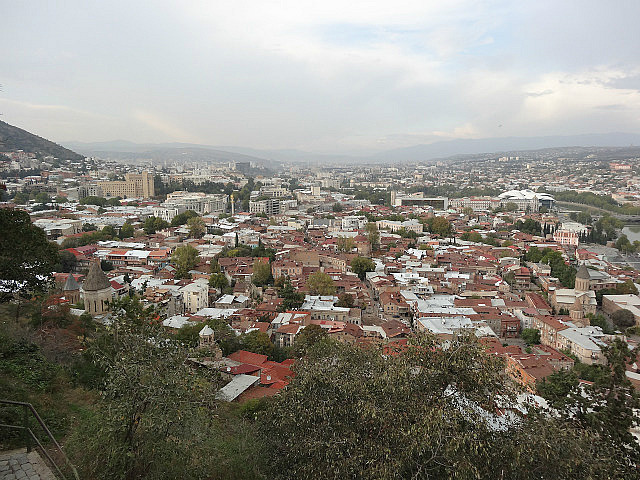
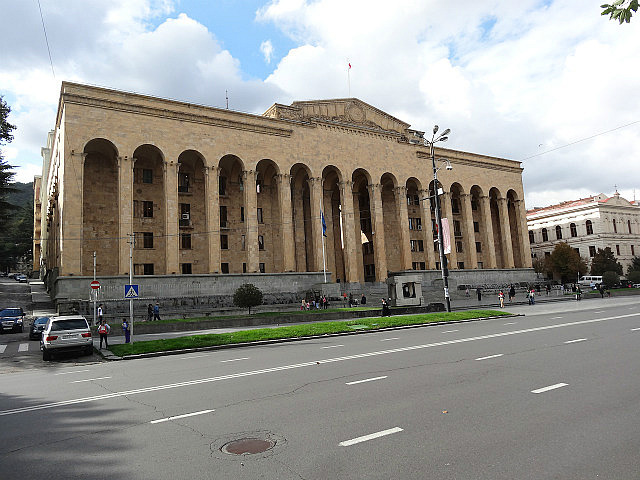
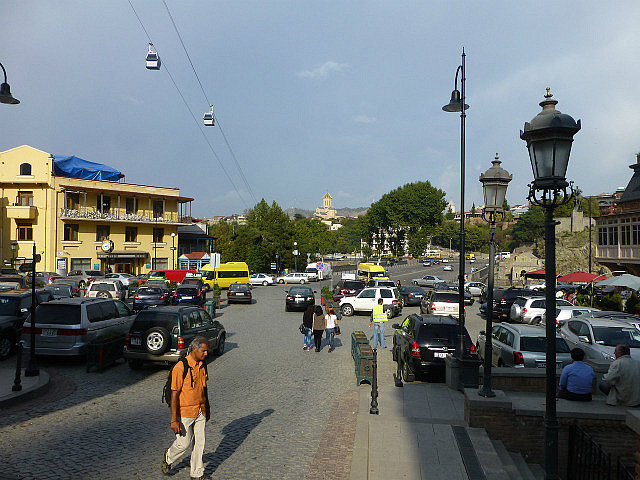
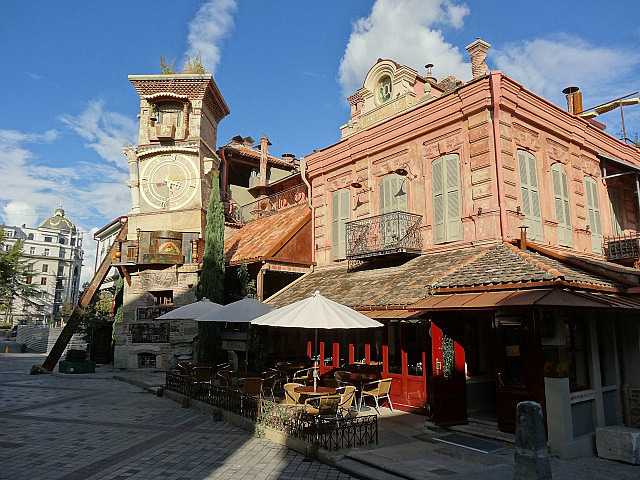
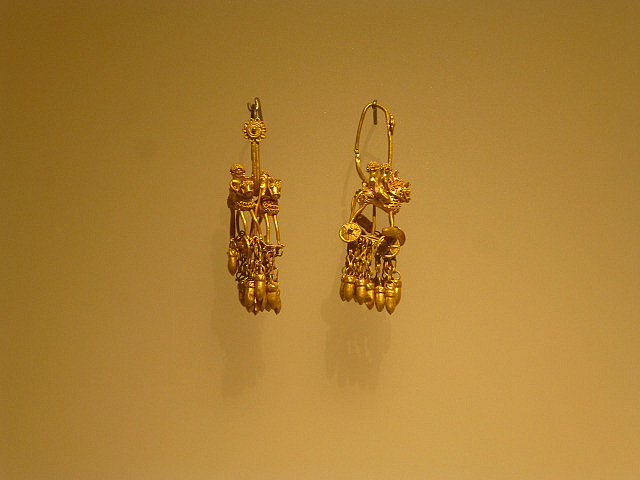
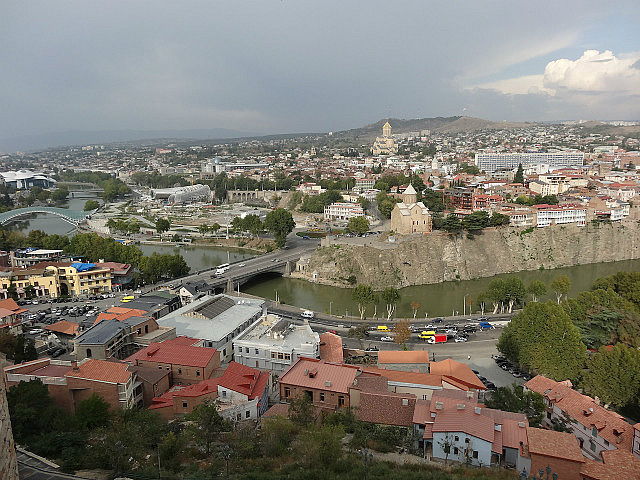

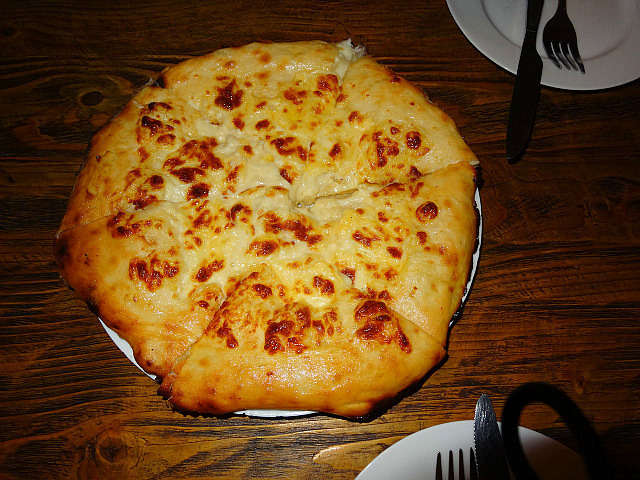


Comments